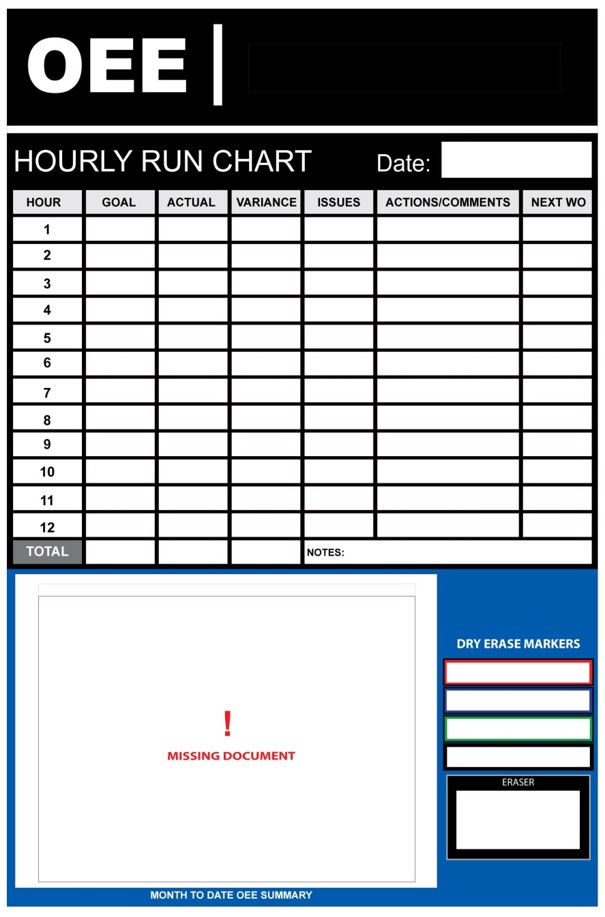Measure the pulse of your journey Conduct an Audit.
- Richard Kunst

- May 8, 2022
- 4 min read
I am a big believer in conducting annual assessments of the business. A year may seem like a long time but it is also a very short time and incremental changes happen within your business that my go un-noticed.
We recently worked with a business who felt that their New Product Realization process was ineffective. After conducting a Value Stream Mapping exercise we quickly realized that what were emerging technologies 5 years ago where now commonly composition into new products. Unfortunately, the New Product Realization had not evolved at the same pace of the adoption of emerging technologies.
The Discovery phase … includes the development of an Executive Overview for the orators within the organization to define where you want the organization to evolve towards. Typically, we focus on 3 pillars;
•Inspired and Motivated People … which defines the organizational culture desired.
•Robust Processes … management of the Physical attributes of the organization
•Lean Operations … the standardized method of how you plan to run your business
Then to create a quick visual for your employees we create the STEP Diagnostic. The STEP diagnostic assists the employees of the organization to understand that all of the Enterprise Excellence themes are not independent flavor of the month but rather an integrated solution towards excellence.

Within our STEP Diagnostic we line up the enablers with support tabs that help create definition to quickly get the organization aligned to a specific definition. We also include annual KPI so we can meet incremental targets instead of pursuing the overall race
which could seem daunting.
The nice part is once done, the annual diagnostic can be completed In a few minutes with your team and results posted for all to see.
Value Add or Non Value Add
.“These discussions take a simple concept like waste and make it complicated. I used to think that "waste” was self-explanatory, but, after reading oxymoron’s like "necessary waste," or expressions like "non-value added waste," which suggest that there is such a thing as "value-added waste," or an acronym like "NVA," I am now convinced that a definition is needed. So here is one: "An activity is waste if and only if its elimination improves some aspects of your performance without making anything else worse."
If you take it for a spin, you find that all of Ohno‘s seven categories fit that definition. For example, if you eliminate unnecessary WIP, you improve performance in the following ways:
1. You reduce your working capital and your inventory holding costs.
2. You improve the quality of your product by not burying problems in WIP.
3. You reduce production lead times and thereby improve customer service.
And you don't make anything worse. Note that the waste category is "unnecessary WIP," not all WIP. If your WIP reductions cause shortages, you have proven that your WIP was in fact necessary to your current operations
So what about engineering? The idea that engineering doesn't add value because it's not production is absurd. A more reasonable way to think about the value of engineering is to imagine the future of your company if all its engineers suddenly vanished. Production might continue for a while, but the company couldn't introduce new products or processes, and would fall behind the competition. The value of engineering then is the difference between the future you have with your engineering resources and the future you would have without them. It may not be easy to quantify, but that's what it is.
Following are a few commonly observed types of waste in engineering organizations:
1. Lack of focus. Every engineer who is juggling 10 or 15 projects makes such slow progress on any of them that most are eventually cancelled rather than finished. Management often assumes that an engineer's mental changeover between projects is instantaneous. It isn't. When working on one project, you have all its issues, parameters, and models in your mind. To switch to another project, you need to purge all this and load the information about the new project instead. Not only does it take time, but also it is mentally exhausting, and engineers who are asked to do it multiple times a day lose their ability to get things done. Hoshin planning has been used to avoid this kind of problem.
2. Miscommunication. Good engineering requires intense communication, which in turn requires organization. Engineers need to spend time in the shop, in the office and in meetings. Meetings, in particular, can be a great source of waste if they are held without discipline and without agendas, and with no one writing minutes. Communication can be enhanced by collocation of project teams and through the use of tools like forms, one-page reports, copy boards, and on-line discussion databases.
3. Poor leadership. Jerry Feingold pointed this one out. Engineers are often led by managers who are not engineers themselves and don't understand how engineers work. In the right settings, most engineers will put in long hours of hard work without any prompting. Having them punch timecards in and out, repeatedly canceling projects, or failing to provide them with opportunities for professional growth, however, can destroy their self-motivation.
4. Overspecialization. This culture values specialized knowledge. But split engineering into too many subcategories, like product engineer, process engineer, equipment engineer, manufacturing engineer, industrial engineer, etc. and all you get is bureaucratic turf wars. In a small machine shop, you may have only one engineer doing all the technical work. As company size grows, it makes sense to subdivide the engineering function into more specialties, but it should be done sparingly.




Comments